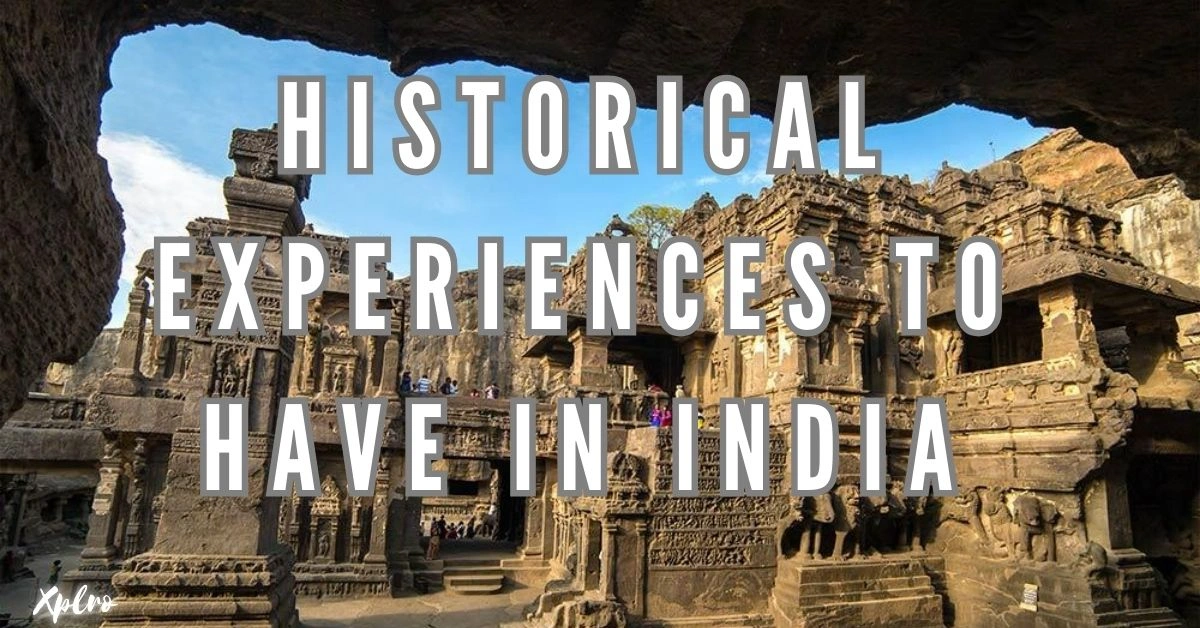Historical Experiences to Have in India, a land steeped in history, culture, and ancient civilizations, is a living museum. From grand forts and palaces to ancient temples and battlefields, every corner tells a unique story. Whether you’re a history buff or a curious traveler, these historical experiences will transport you to a bygone era and deepen your understanding of India’s rich past.
- 1. Visit the Majestic Taj Mahal, Agra (Uttar Pradesh)
- 2. Explore the Ancient City of Hampi (Karnataka)
- 3. Walk Through the Forts of Rajasthan
- 4. Discover the Temples of Khajuraho (Madhya Pradesh)
- 5. Explore the Battlefield of Panipat (Haryana)
- 6. Visit the Red Fort, Delhi
- 7. Discover the Caves of Ajanta and Ellora (Maharashtra)
- 8. Tour the Palaces of Udaipur (Rajasthan)
- 9. Explore the Bastions of Fort Cochin (Kerala)
- 10. Visit the ruins of Nalanda University (Bihar)
- FAQs
1. Visit the Majestic Taj Mahal, Agra (Uttar Pradesh)
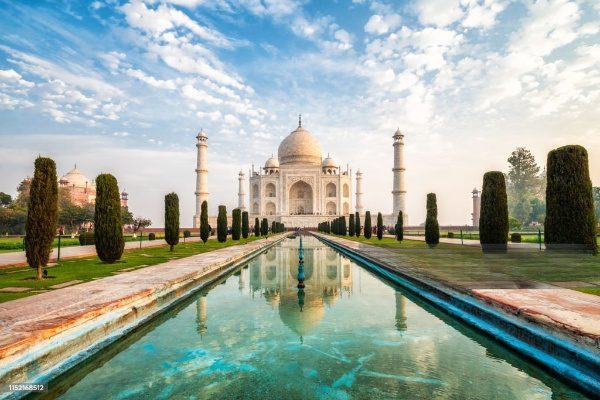
The Taj Mahal, a stunning white marble mausoleum, is a symbol of India’s rich Mughal history. Built by Emperor Shah Jahan in memory of his wife Mumtaz Mahal, it’s one of the Seven Wonders of the World.
What to Do:
- Explore the Taj Mahal: Marvel at its intricate architecture, stunning symmetry, and beautiful gardens.
- Visit the Taj Museum: Learn about the history and craftsmanship of the monument.
- Take a Boat Ride: Enjoy a picturesque view of the Taj Mahal from the Yamuna River, especially at sunset.
Best Time to Visit: October to March
2. Explore the Ancient City of Hampi (Karnataka)
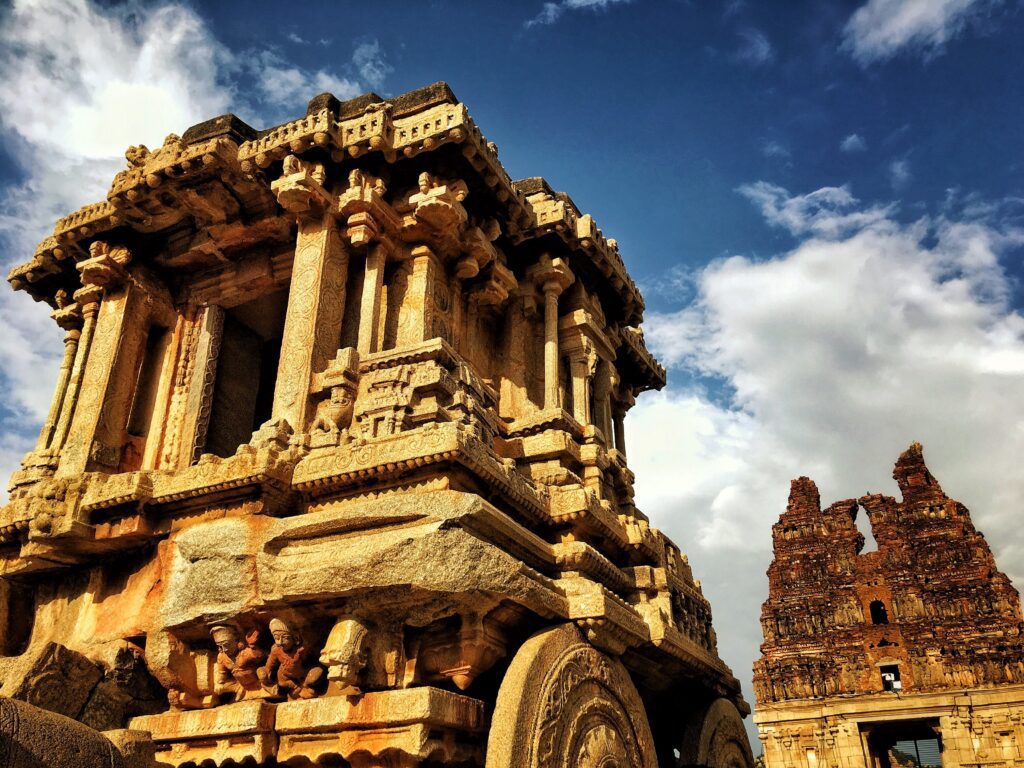
Hampi, a UNESCO World Heritage site, was once the capital of the Vijayanagar Empire. This ancient city, with its dramatic landscapes of boulders and temples, is one of India’s most historically significant and visually stunning destinations.
What to Do:
- Visit Virupaksha Temple: Explore one of India’s oldest functioning temples.
- See the Stone Chariot: Marvel at the iconic Stone Chariot at the Vitthala Temple Complex.
- Trek to Matanga Hill: Enjoy panoramic views of the ruins from the hilltop.
- Wander the Royal Enclosure: Discover palaces, bathhouses, and ancient aqueducts.
Best Time to Visit: October to March
3. Walk Through the Forts of Rajasthan
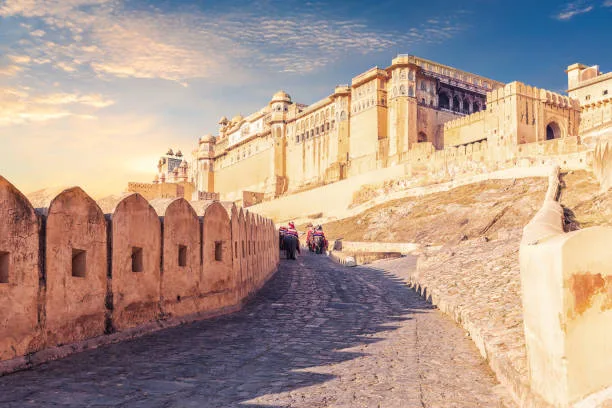
Rajasthan is home to some of India’s most impressive forts, which stand as testaments to centuries of royal battles, sieges, and splendor. From Jaipur to Jodhpur, these forts are an essential part of India’s medieval history.
What to Do:
- Explore Amber Fort (Jaipur): Discover the royal palace, its intricate carvings, and the stunning Sheesh Mahal (Palace of Mirrors).
- Visit Mehrangarh Fort (Jodhpur): Wander through its vast courtyards and museums, and enjoy the magnificent views of the blue city.
- Explore Chittorgarh Fort: Discover the grand fort of the Mewar kingdom, known for its stories of valor and sacrifice.
Best Time to Visit: October to March
4. Discover the Temples of Khajuraho (Madhya Pradesh)
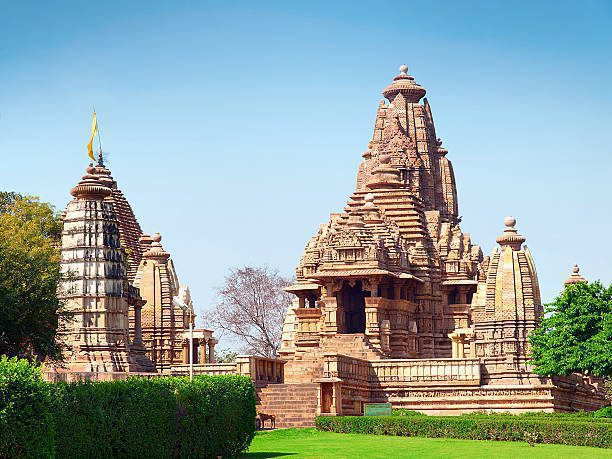
The UNESCO-listed temples of Khajuraho are renowned for their exquisite architecture and intricate carvings that depict various aspects of life, including stunning representations of human sexuality. Built by the Chandela dynasty between 950 and 1050 AD, these temples are a testament to the rich cultural heritage of India.
What to Do:
- Visit the Western Group of Temples: Explore the largest and most famous temples, including the Kandariya Mahadev Temple.
- Marvel at the Sculptures: Admire the intricate carvings of gods, animals, and dancers that decorate the temples.
- Attend the Khajuraho Dance Festival: Witness classical Indian dance performances in a historical setting.
Best Time to Visit: October to March
5. Explore the Battlefield of Panipat (Haryana)
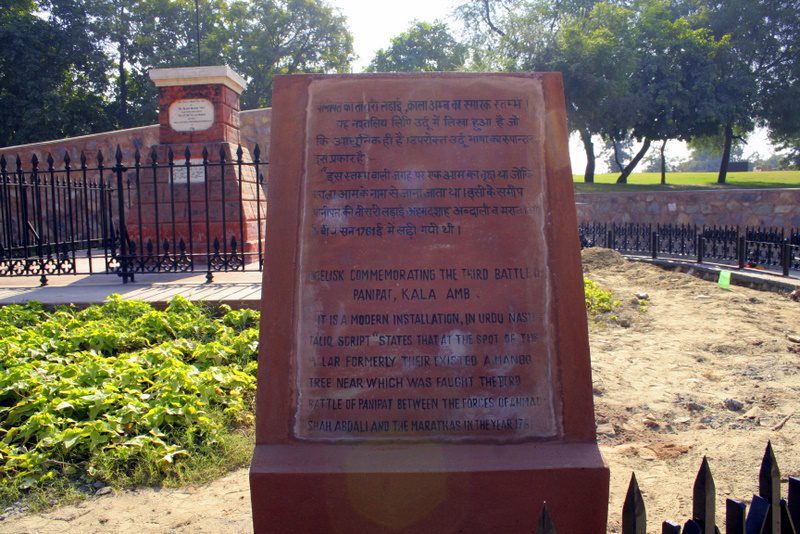
Panipat, a historic city, is known for three major battles that shaped the course of Indian history. The first battle in 1526 marked the beginning of the Mughal Empire, while the third battle in 1761 led to the decline of the Maratha Empire.
What to Do:
- Visit the Panipat Museum: Learn about the key battles fought here.
- Explore the Memorials and Tombs: Discover the memorials and tombs of historical figures like Ibrahim Lodi and Ahmad Shah Durrani.
- Witness the Battle Sites: Visit the terrain where these epic battles took place and imagine the military strategies that unfolded.
Best Time to Visit: October to March
6. Visit the Red Fort, Delhi
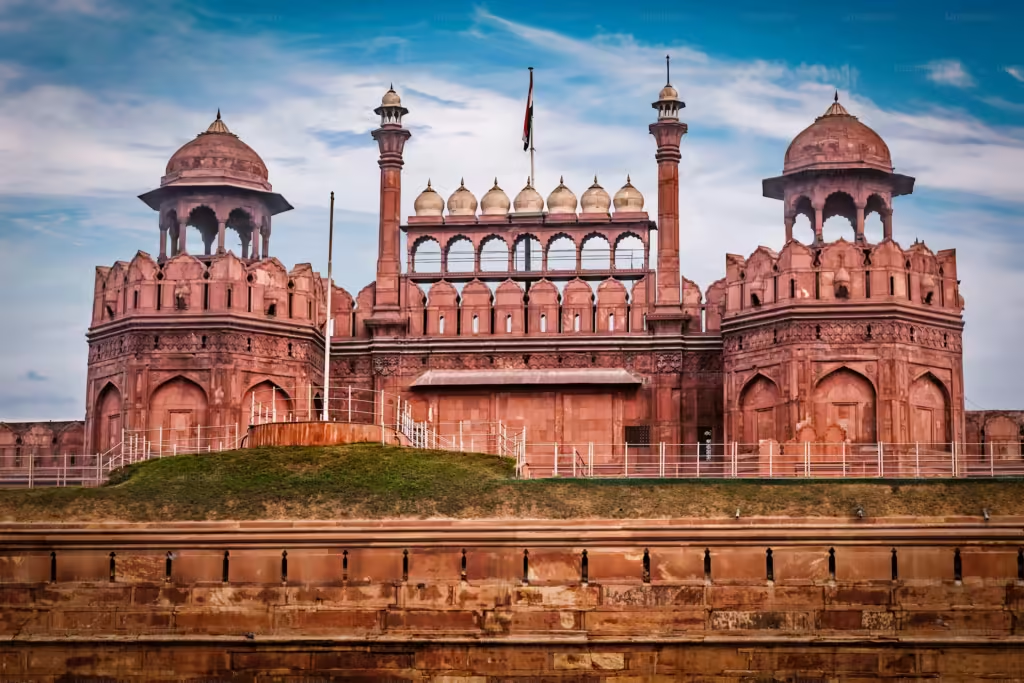
The Red Fort, built by Emperor Shah Jahan, is a stunning example of Mughal architecture and has been the seat of the Mughal emperors for over 200 years. It also played a significant role during India’s struggle for independence.
What to Do:
- Explore the Halls of Power: Walk through the magnificent Diwan-i-Aam (Hall of Public Audience) and Diwan-i-Khas (Hall of Private Audience).
- Visit the Lal Qila Mosque and Museum: Discover the Lal Qila Mosque and explore the museum’s artifacts from the Mughal era.
- Witness Independence Day: Attend the Independence Day ceremony on August 15, where the Prime Minister hoists the national flag.
Best Time to Visit: October to March
7. Discover the Caves of Ajanta and Ellora (Maharashtra)
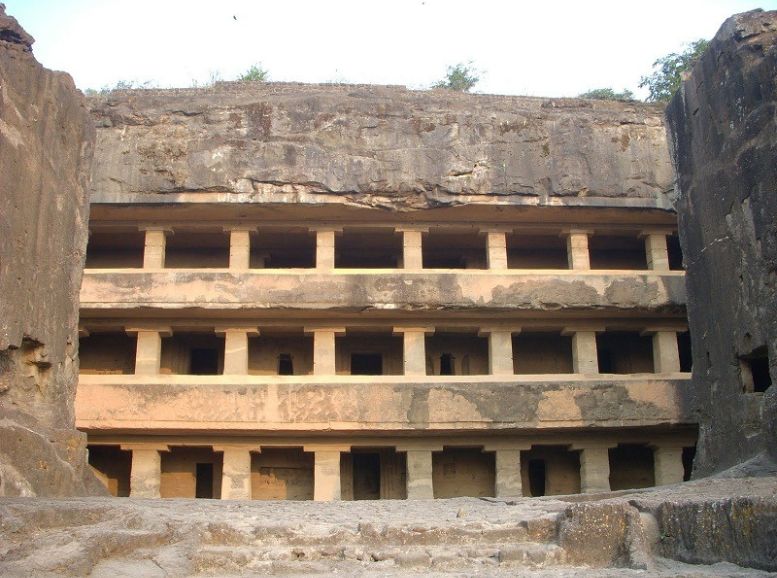
The Ajanta and Ellora Caves are among the most important ancient cave complexes in India, with beautifully painted murals and sculptures that depict Buddhist, Hindu, and Jain traditions. These caves date back to the 2nd century BCE.
What to Do:
- Explore Ajanta Caves: Discover the stunning frescoes that illustrate Buddhist teachings.
- Visit Ellora Caves: Marvel at the Kailasa Temple, a magnificent architectural marvel carved from a single rock.
- Admire the Artworks: Appreciate the intricate carvings and ancient artworks that provide insights into India’s early religious history.
Best Time to Visit: October to March
8. Tour the Palaces of Udaipur (Rajasthan)
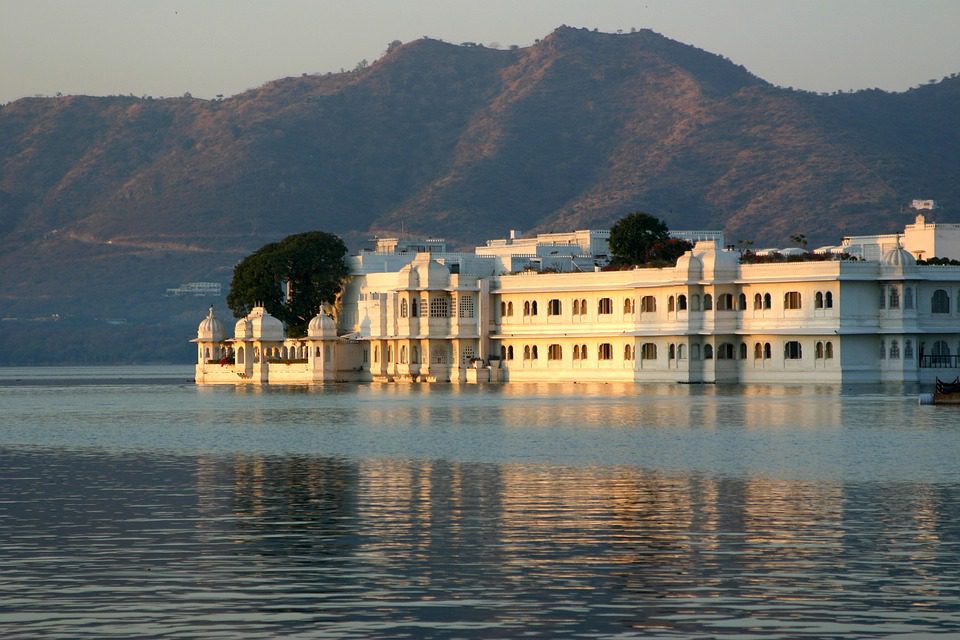
Udaipur, often called the “Venice of the East,” is home to some of India’s most exquisite royal palaces, lakes, and gardens. The palaces here offer a glimpse into the royal lifestyle of the Mewar dynasty.
What to Do:
- Visit the City Palace: Explore the sprawling complex with courtyards, museums, and beautiful views of Lake Pichola.
- Take a Boat Ride: Enjoy a boat ride on Lake Pichola to see the stunning Jag Mandir Palace.
- Explore Sajjangarh Palace: Visit the Monsoon Palace for panoramic views of Udaipur.
Best Time to Visit: October to March
9. Explore the Bastions of Fort Cochin (Kerala)
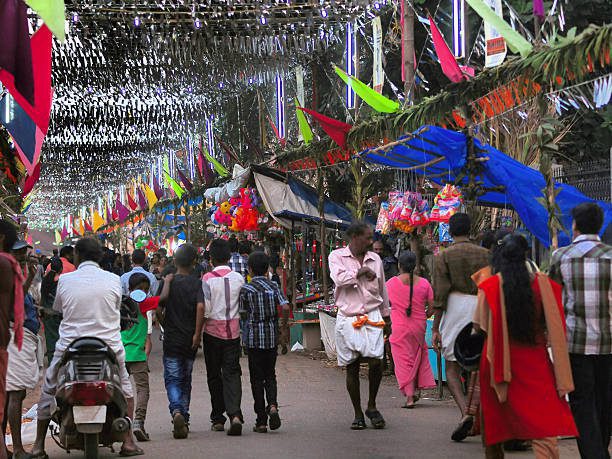
Fort Cochin, a historical town, is influenced by Portuguese, Dutch, and British colonial powers. The town is rich in history and culture, with charming streets, forts, and ancient churches.
What to Do:
- Visit St. Francis Church: Explore the famous church where Vasco da Gama was initially buried.
- Discover Colonial Architecture: Explore the Portuguese and Dutch colonial buildings, including the Dutch Palace.
- Witness Chinese Fishing Nets: See the iconic Chinese fishing nets at Fort Cochin’s waterfront, a legacy of the region’s international trade history.
Best Time to Visit: November to February
10. Visit the ruins of Nalanda University (Bihar)
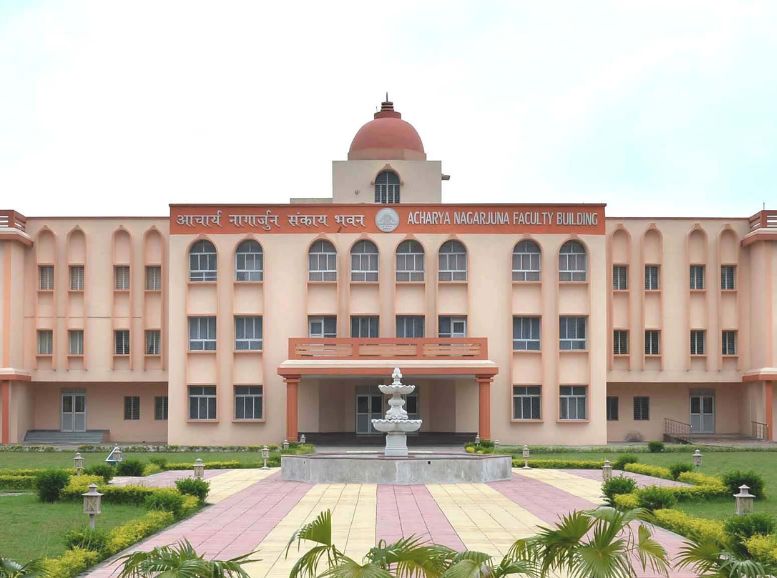
Nalanda University was one of the world’s oldest residential universities, dating back to the 5th century. It was a major center of learning for Buddhist scholars before being destroyed in the 12th century.
What to Do:
- Explore the Ruins: Visit the ruins of the ancient university and marvel at the remnants of temples, monasteries, and lecture halls.
- Visit the Museum: Explore the Nalanda Archaeological Museum to see artifacts from the university and the ancient Buddhist era.
- Discover Buddhist History: Learn about the rich Buddhist history that made Nalanda a global center for knowledge and education.
Best Time to Visit: October to March
Conclusion – Historical Experiences to Have in India
Unveiling India’s historical tapestry is a journey through time, showcasing the country’s vast and diverse past. From the awe-inspiring Taj Mahal’s grand white marble to the ancient murals adorning the Ajanta and Ellora caves, each historical site whispers a unique story reflecting India’s rich cultural and spiritual heritage. Explore ancient temples, delve into medieval forts, or wander through royal palaces – these experiences, curated on Xplro.com, will deepen your understanding of India’s incredible history and heritage, leaving you with memories that linger long after your trip.
FAQs
1. What are some must-see historical destinations in India?
- India boasts numerous iconic historical landmarks, such as the Taj Mahal (Agra), Amber Fort (Jaipur), Hampi’s ancient ruins, Red Fort (Delhi), Khajuraho Temples, Ajanta and Ellora Caves, and the ruins of Nalanda University. These locations provide a fascinating glimpse into India’s rich and diverse history.
2. When is the ideal time to explore historical sites in India?
- The best time to visit historical sites in India is during the winter months (October to March), when the weather is cooler and more comfortable for sightseeing. Avoid traveling during the summer (April to June), as many areas experience extreme heat.
3. Is it necessary to hire a guide to explore historical sites?
- While it’s possible to explore some historical sites independently, hiring a guide can greatly enhance your experience, particularly at places like Hampi, Khajuraho, or the Taj Mahal. Guides can provide historical context and insights into the architecture and significance of the sites.
4. Are historical sites in India accessible for people with disabilities?
- Accessibility varies across sites. Some, like the Taj Mahal and Red Fort, have provisions for wheelchairs and ramps. However, many ancient temples, forts, and other historical sites may have uneven terrain or stairs, so it’s advisable to check the accessibility details before visiting.
5. What should I wear when visiting historical places in India?
- Modest clothing is recommended, especially when visiting religious sites like temples or mosques. Women should opt for long skirts or pants, and shoulders should be covered. Comfortable walking shoes are essential, as many historical sites involve walking or climbing.
6. Can I take photographs at historical sites in India?
- Photography is permitted at most historical sites, but some locations may have restrictions, especially inside temples, museums, or specific areas with sensitive artifacts. Always check the site’s photography rules upon entry, and be respectful of local customs when photographing people.
7. Is it safe to visit historical sites in India alone?
- Many historical sites in India are safe for solo travelers, particularly well-established tourist destinations like Jaipur, Agra, and Delhi. It’s advisable to remain cautious, stay in populated areas, and take basic safety precautions, such as avoiding remote areas after dark.
8. What is the historical importance of the Taj Mahal?
- The Taj Mahal is an architectural marvel and a symbol of eternal love. It was commissioned by Mughal Emperor Shah Jahan in memory of his wife Mumtaz Mahal. This UNESCO World Heritage site represents the grandeur of the Mughal Empire and is admired for its intricate design, symmetry, and marble craftsmanship.
9. Can I visit historical sites during festivals?
- Yes, visiting historical sites during festivals can offer a unique experience. Festivals like Diwali in Jaipur or the Khajuraho Dance Festival provide cultural performances and celebrations around historical landmarks. However, expect larger crowds and potential closures, so it’s important to plan accordingly.
10. Are historical sites in India well-preserved?
- The preservation of historical sites in India varies. Major attractions such as the Taj Mahal, Qutub Minar, and Jaipur’s Amber Fort are generally well-maintained. However, more remote or lesser-known sites may face challenges with upkeep due to lack of resources or visitors. It’s a good idea to check the condition of a site before visiting.
11. How can I travel between historical destinations in India?
- The travel method depends on the distance between destinations. For nearby historical sites, taxis, auto-rickshaws, and buses are convenient. For long-distance travel, trains and flights are popular options. Many tourists opt for guided tours that cover multiple historical locations in one itinerary.
12. Are there entry fees for historical sites in India?
- Yes, many historical sites charge entry fees, which can differ for Indian citizens and foreign tourists. Popular attractions like the Taj Mahal, Red Fort, and Qutub Minar typically have entry fees. Some sites offer discounted rates for students or senior citizens, while certain occasions like World Heritage Day might feature free entry.




